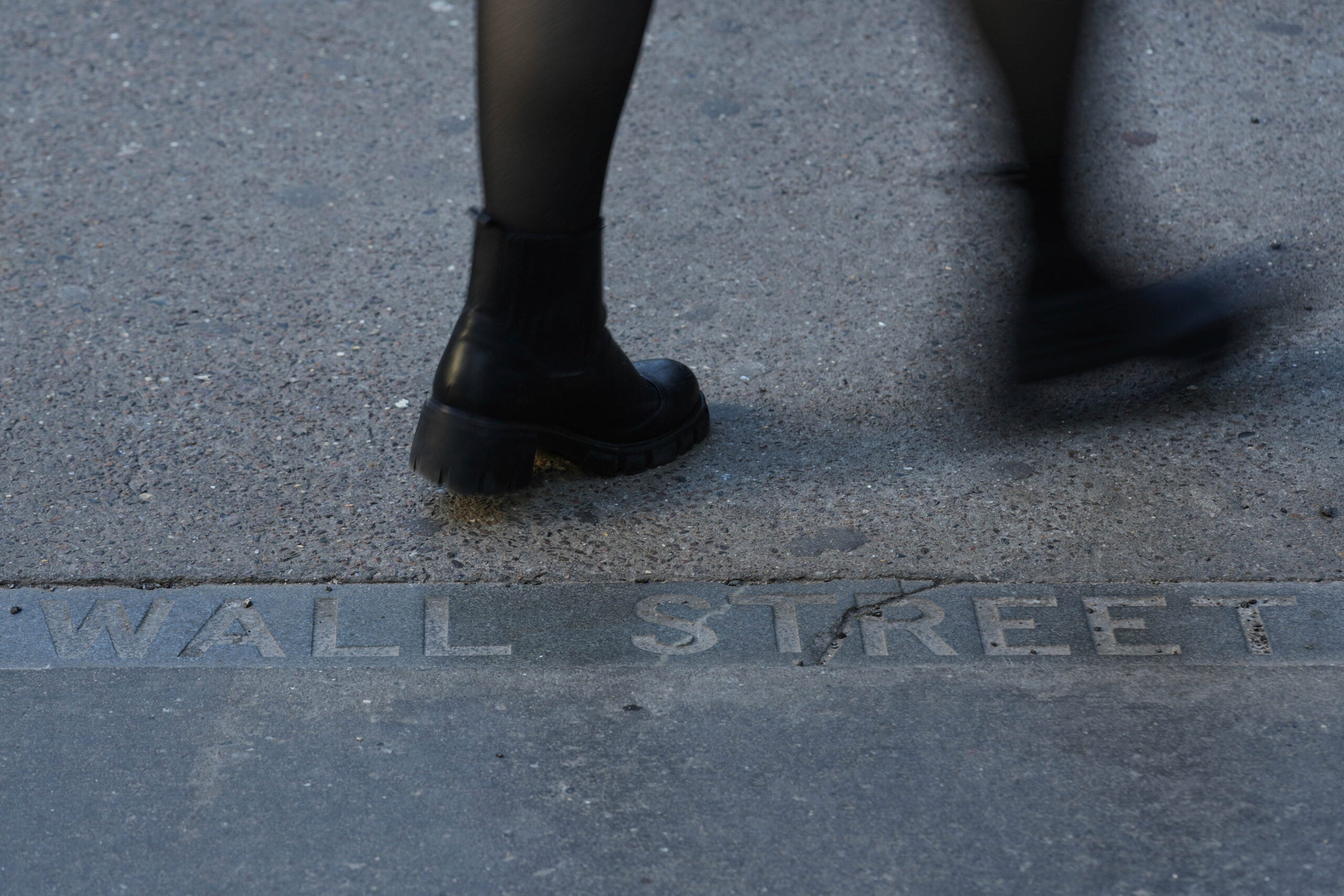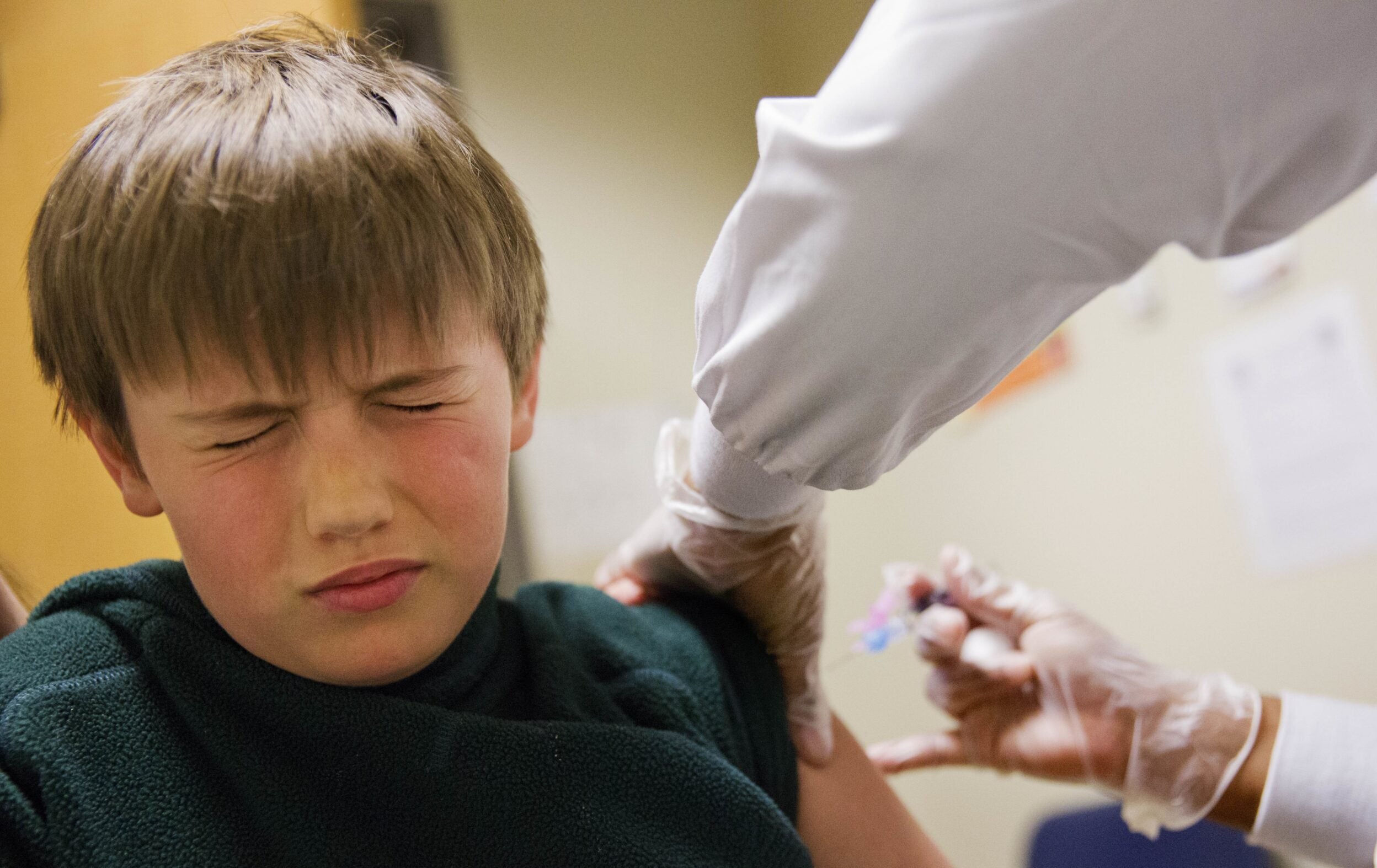Black Friday shopping is a tradition for many, but with the spread of the virus at a critically high level in Wisconsin, public health experts recommend staying home this year.
Malia Jones researches how our social environment affects our health as a social epidemiologist at the University of Wisconsin-Madison’s Applied Population Laboratory. She also serves as the editor in chief of Dear Pandemic, an interdisciplinary group of all-female researchers and clinicians who create fact-based social media content about COVID-19.
“Black Friday shopping in person this year strikes me as just a terrible idea,” Jones said. “It would be a very risky activity both for the person who wants to do their Black Friday shopping and the people who work in the stores and for our communities broadly.”
News with a little more humanity
WPR’s “Wisconsin Today” newsletter keeps you connected to the state you love without feeling overwhelmed. No paywall. No agenda. No corporate filter.
In the month of November alone, Wisconsin has seen a drastic rise in the spread of COVID-19. Despite trending downward in the last week, the seven-day average of new COVID-19 cases is still more than 40 percent higher than it was a month ago. Many hospitals across the state say they are at or near full capacity, and the state’s infrastructure for managing dead bodies has faced increased strain.
“Right now, especially here in Wisconsin, we have so much COVID circulating that … if you were to go to a crowded (store) … the way things are in Wisconsin today, you could almost guarantee that someone there, or more than one person there, had COVID,” Jones said in an interview Nov. 13, adding that she didn’t expect that risk to lessen before Black Friday.
COVID-19 is spread by sharing the same air as other people, particularly in crowded indoor areas, Jones said.
Dr. Nasia Safdar, medical director for infection prevention at UW Health, said because of that, it’s very difficult to reduce the risk of spreading or catching the virus unless you reduce the risk of in-person interaction with those who live outside your household.
Safdar said masks and physical distancing are important, “but they can’t have a complete effect if you’re in a place like a shopping mall where there’s lots of people around you, physical distancing isn’t really possible, ventilation isn’t great, and you’re coming into contact with people that you have no idea whether they have symptoms or not, or whether they might have COVID or not.”
The risk of contracting COVID-19 exists all across Wisconsin, in the state’s dense metropolitan areas and less populated rural towns and villages. As of Wednesday, 65 counties had a “critically high level” of COVID-19 activity, while seven were listed as having a “very high” level of activity, according to the state Department of Health Services’ COVID-19 dashboard. Green County, which was the only county not experiencing a “critically high” activity level last week, was this week joined by Iron, Florence, Waupaca, Waushara, Marquette and Green Lake counties. Wisconsin overall had a “critically high” level of activity, according to DHS.
As of Wednesday, all of Wisconsin’s regions were seeing either a downward trend in cases, or were holding steady, though all remained at “critically high” levels of activity.
“Rural places are for the first time really experiencing a lot of COVID-19 transmission as well as urban places,” Jones said, adding that rural areas may actually be at risk of seeing worse health outcomes because of the higher population of older individuals who live there and the comparatively smaller hospital capacity available to deal with a wave of patients with COVID-19.
Jones acknowledged that with Black Friday, like any activity, there may be peer pressure to join in. Some may not want to miss out on an activity with friends or loved ones, while others may not want to be the “wet blanket,” in Jones’ words.
She said whether you get your Black Friday shopping done early online, or you think ahead about how to politely turn down an invitation, individuals should make a plan ahead of time to protect themselves from the pressure that can exist between people who may be less stringent about following guidance from public health officials.
Dr. John O’Horo, an infectious disease specialist at the Mayo Clinic, said everyone should feel empowered to do what they have to in order to protect their health, even if it means having frank conversations with friends and family.
“This is a year where we all have to be OK with being a little bit more rude than we are typically in the Midwest,” O’Horo said. “And that’s something that we not only have to be willing to do ourselves, but willing to accept from our friends.”
For those that do go shopping in person and want to minimize their risk, all three echoed what have become the standard health and safety precautions during the pandemic: wear a mask that covers your nose and your mouth; avoid crowded places, particularly indoor spaces; maintain at least 6 feet of distance between you and others; and wash your hands or use hand sanitizer regularly.
O’Horo said if you do decide to do some of your holiday shopping in person this year, you should try spacing it out over multiple days, and try going during non-peak hours to avoid crowded stores.
“So avoiding things like that Friday rush or Saturday rush, trying to go on off hours and off days,” O’Horo said. “And if you see that a shop is full, then it may be best to just come back later instead of stand in line and wait. Crowds are going to be the problem and crowds are just going to have to be continuously avoided.”
Safdar said those who go shopping should try to minimize the amount of time they spend in stores as much as possible to lower their risk of contracting the coronavirus.
“This year, if you have to leave, it should be in and out, where you have an item that you know you want to buy, you go in focused, and you come out right away,” Safdar said, adding the approach of years past where a group of people make it into a day-long activity will not be safe this year.
Wisconsin Public Radio, © Copyright 2026, Board of Regents of the University of Wisconsin System and Wisconsin Educational Communications Board.





